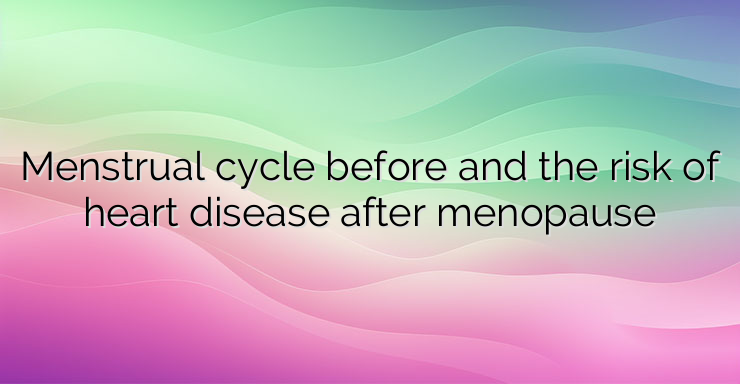In women approaching the age at which menopause is normally observed, the length of the monthly cycle changes. According to a new study from the University of Pittsburgh, the time before menopause when changes in menstruation begin can provide information about future development of cardiovascular disease. The information was published in the journal Menopause. The study tracks changes in women’s monthly cycle. The researchers observed better cardiovascular health outcomes in women whose periods changed two years before menopause than in women with stable cycle lengths. This information, along with other characteristics of menopause and data on a woman’s health, can help a doctor’s assessment of the degree of risk of heart disorders in individual patients. This will lead to the prevention of these diseases. Cardiovascular disease in women is one of the most common causes of mortality. For this reason, scientists believe that menopause may contribute to the onset of these disorders. Many changes occur during this stage of a woman’s life that could put them at higher risk. The average duration of the menstrual cycle is about 28 days, but this period can be different for individual patients. Women with frequent and short cycles experience a longer period of high estrogen levels. This difference in hormone levels may explain why long and irregular monthly cycles during the reproductive years are linked to cardiovascular disease, breast cancer, osteoporosis and other conditions. Dr. Samar El Houdari is the study’s lead investigator. She is an associate professor of epidemiology at the Pittsburgh School of Public Health. Together with his team, Dr. El Houdari analyzed data from 428 women who participated in the Survey of Women’s Health Across the Nation (SWAN) study. The participants are aged between 45 and 52 years. The scientists followed their health over a period of 10 years or until postmenopause. They collected data on their menstrual cycle throughout the period before menopause and assessed cardiovascular risk after menopause by measuring arterial stiffness and arterial thickness. About 62% of the participants had a stable monthly cycle that did not change significantly before menopause, while approximately 16% and 22% had an early or late lengthening of the cycle length, five or two years, respectively. Compared to women with stable cycles, those in the late cycle lengthening group had significantly better results on measures of arterial stiffness and thickness. This means that they have a lower risk of cardiovascular disease. Researchers suggest that the menstrual cycle reflects hormone levels, which in turn contribute to cardiovascular health.Future studies should aim to evaluate these hormonal changes. Sources: https://www.swanstudy.org


Leave a Reply